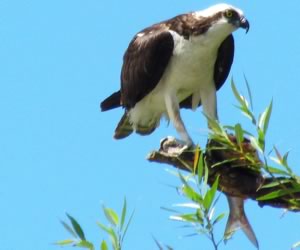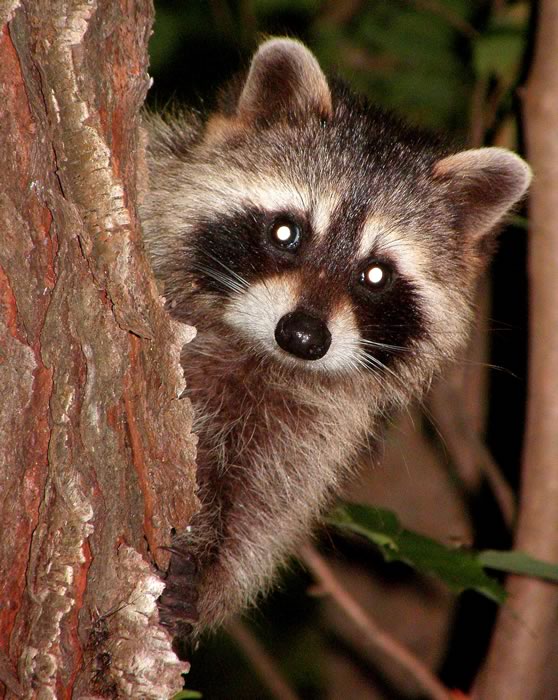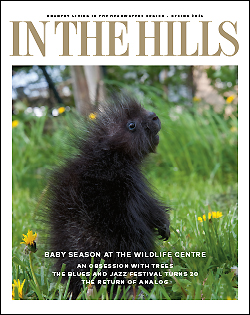Urban Animals
Raccoons, squirrels and robins adapted to urban life long ago.
Human beings survive and thrive almost everywhere on Earth including mountains and arctic tundra, deserts and steaming jungles, prairies and temperate woodlands. Our ability to adapt is the foundation of our success as a species. But other intelligent vertebrates also tap their adaptive genius to learn how to live in diverse habitats including our towns and cities.
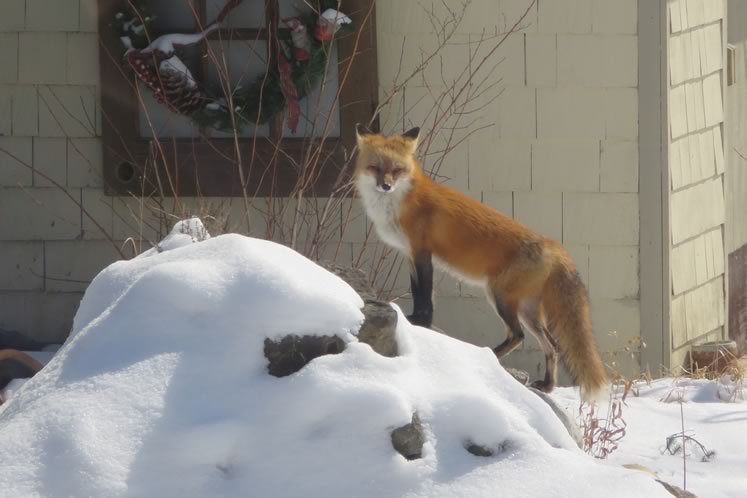
Red fox from Georgetown back yard. Photo by David Williams.
Raccoons, squirrels and robins adapted to urban life long ago. Now these abundant urban animals are being joined by others, including red foxes, ravens and peregrines.
Having mastered survival in desert, tundra, prairie and woodlands, from Siberia to North Africa in Eurasia, and from Baffin Island to Florida in North America, red foxes see cities as just another habitat to take advantage of. They have learned that people usually don’t pose a threat. In fact, sticking close to us may help them avoid their most dangerous predators, coyotes.
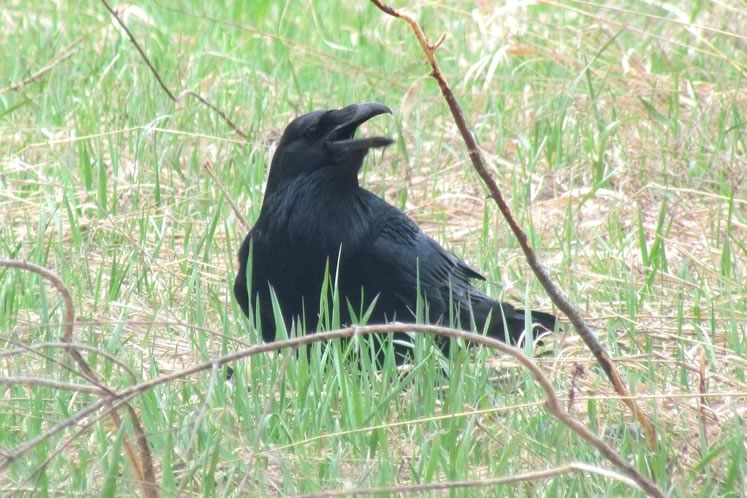
Raven in Caledon. Photo by Don Scallen.
Ravens have an even larger worldwide range than red foxes, and these brainy birds are starting to sample the charms of city life as well, which include our generous offerings of discarded junk food along roadsides and in parking lots. Predators of nestling birds, ravens are probably also feasting on the abundant pigeons, starlings and house sparrows that live in our towns.
Another bird that occupies a diversity of habitats throughout the world, and lives on every continent except Antarctica, is the peregrine falcon. In Ontario and elsewhere they have learned to nest on urban “cliffs” – office buildings and apartments – despite the strange bipedal mammals shuffling around inside them. Downtown Brampton now has nesting peregrines, where they terrorize pigeons and occasionally strafe condo owners.
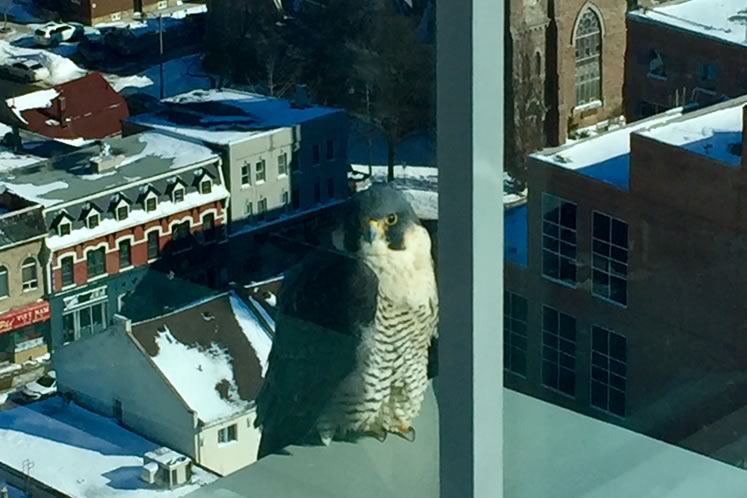
Peregrine falcon from Brampton balcony. Photo by Peter and Rose Bailey.
We’ve created vast tracts of urban habitat for ourselves. Smart, curious, non-human minds are working the angles to join us.
Related Stories
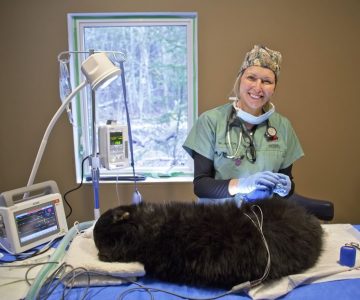
Wildlife Rescue: Cry of the Wild
Mar 26, 2018 | | EnvironmentSherri Cox, a corporate executive turned wildlife vet, takes her surgical skills on the road to aid animals in distress.
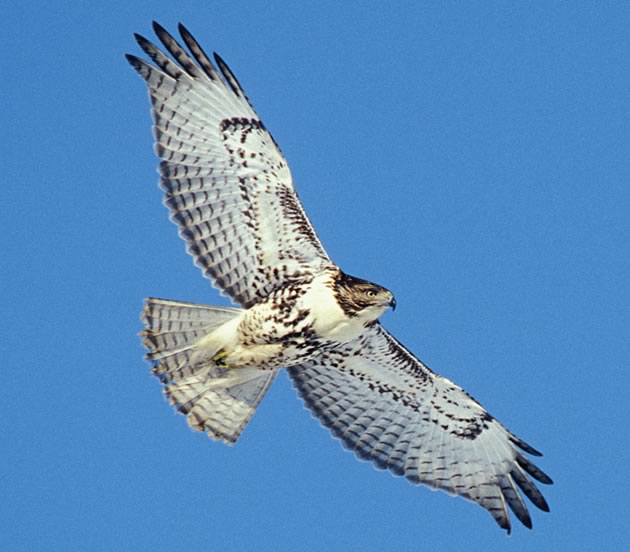
Soaring Skyward
Jun 18, 2009 | | EnvironmentOnce gleefully slaughtered as “bloodthirsty villains,” hawks have reclaimed their status as lords of the sky.
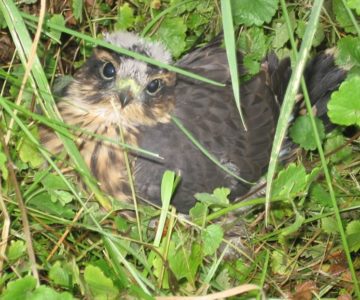
Merlins
Mar 14, 2011 | | Notes from the WildMerlins in Caledon would have been almost unthinkable 25 years ago. At that time, except on migration, Merlins seldom strayed south of the lakes and forests of the Canadian Shield.
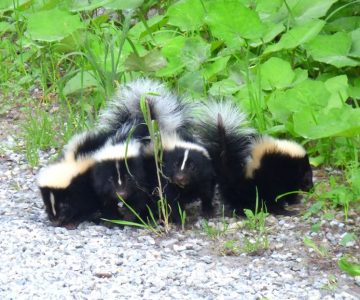
Skunks and Porcupines, Masters of Defence
Jan 12, 2018 | | Notes from the WildSkunks, in contrast to porcupines, are positively cuddly with soft, luxuriant fur, just begging to be stroked.
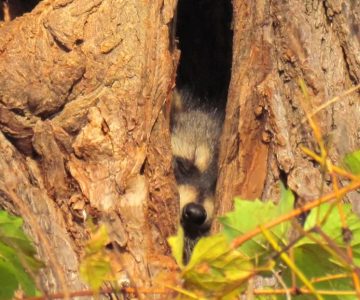
Tree Cavities
Mar 8, 2019 | | Notes from the WildSquirrels, racoons, owls, chickadees, and many other creatures find safety and shelter within trees.
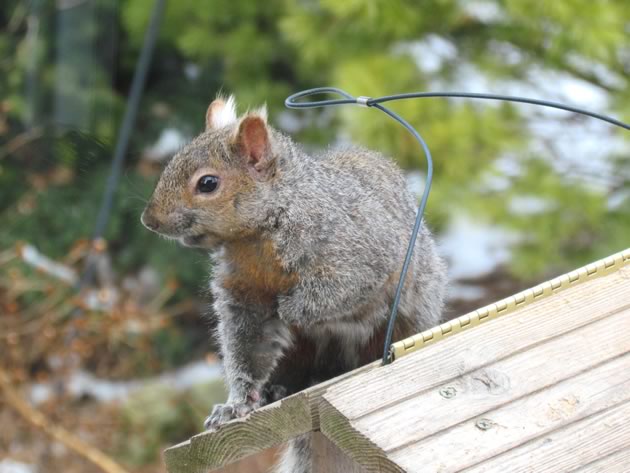
Supersquirrel
Mar 1, 2016 | | Notes from the WildThe bird feeder was now far enough from trees to thwart my backyard community of furry filchers.
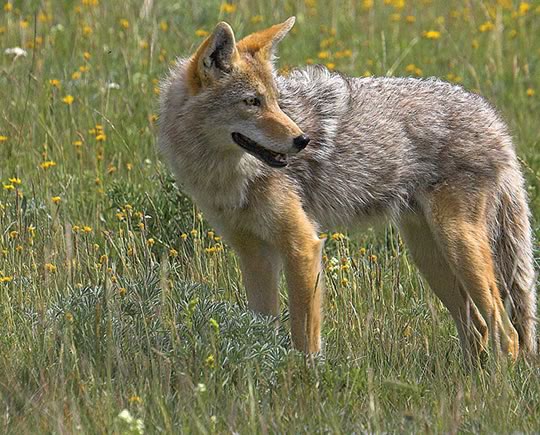
Dances with Coyotes
Mar 31, 2013 | | EnvironmentHumans have long had a love-hate relationship with these ingenious creatures.
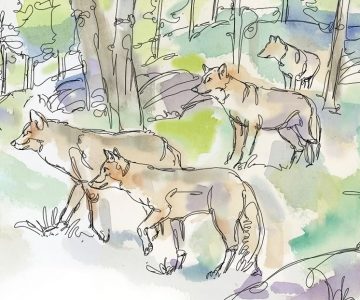
Varmints at the Gate
Jun 19, 2018 | | Fence PostsCoyotes are like hotel burglars. They won’t force a lock, but if a door is left open, they will slip in and strip the place to the walls.



